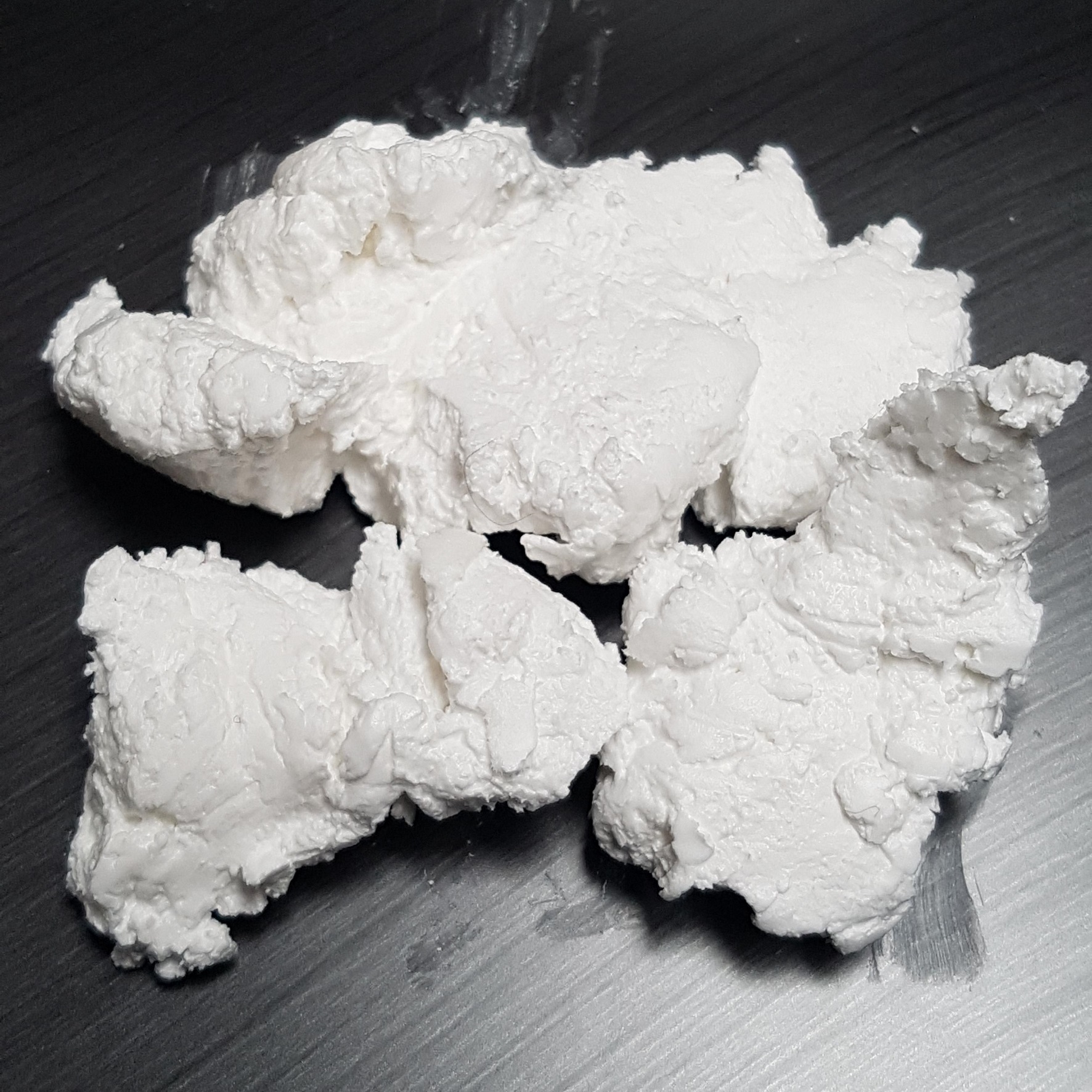

Mazindol is structurally distinct from amphetamine and has a slightly different mechanism of action however, it is also categorized as an amphetamine-related drug as its net effect is to increase NE signaling in central neurons. 15, 16) Phendimetrazine and diethylpropion are structurally related to amphetamine, and have similar biological actions. 13)Ī number of other amphetamine-related drugs, such as phendimetrazine, diethylpropion and mazindol, have also been marketed for the treatment of obesity. 14) It is thought that these actions increase sympathetic nervous system activity, thereby decreasing food intake and increasing resting energy expenditure. At clinical doses, it also promotes dopamine (DA) and serotonin (5-hydroxytryptamine ) release, although its actions on these two neurotransmitters are approximately 10 (DA) and 100 (5-HT) times weaker than its action on norepinephrine (NE). 13) Its main action is to stimulate noradrenergic signaling by promoting its release. Phentermine is a sympathomimetic amine structurally related to amphetamine. We believe these previous findings may suggest directions for future research. Published reports of phentermine will be examined first, and then, due to the paucity of relevant data, similar studies of sibutramine will be discussed.

These drugs were chosen because both drugs have similar biological actions (modulation of noradrenergic, dopaminergic and serotonergic systems) and both are/were widely used (sibutramine has been withdrawn from the market). In this article, we review the published data regarding the association between phentermine and sibutramine, two well-known anti-obesity agents, and affective disorders. However, reports concerning anti-obesity treatments in patients with affective disorders are scarce. 9, 10) As increased weight is a common reason for poor compliance with treatment, 11, 12) and higher body mass index has been associated with more severe disease in patients with bipolar I disorder and depression, 1, 6) affective disorder patients would benefit greatly from safe and effective treatments for obesity. 4, 6- 8) Furthermore, recent studies have found that obesity may be a predisposing factor for depression. 1- 6) This propensity may partly be attributable to the disease itself, 6) and also to the various psychotropic medications used in its treatment, several of which have been associated with weight gain.

Weight gain is a common problem among affective disorder patients. Large-scale studies with affective disorder patients focusing on these questions are needed to clarify this matter before investigation of its efficacy may be carried out and it can be used in patients with affective disorders. Three explanations are possible concerning the association between phentermine and affective disorders: i) phentermine, like sibutramine, may have a depression-inducing effect that affects a specific subgroup of patients, ii) phentermine may have a dose-dependent depression-inducing effect, or iii) phentermine may simply not be associated with depression. A recent study that suggested that sibutramine may have deleterious effects in patients with a psychiatric history may provide a clue for future phentermine research. Reports regarding the association of sibutramine and affective disorders were slightly more abundant. We were unable to find more studies on the subject thus, it is unclear presently whether phentermine use is safe in affective disorder patients. Reports concerning phentermine and affective disorders reported that i) its potency in the central nervous system may be comparatively low, and ii) it may induce depression in some patients. The search yielded a small number of reports. We compared the studies of phentermine with those of sibutramine. We performed a PubMed search of articles pertaining to phentermine, sibutramine, and affective disorders. A safe and effective way to control weight in patients with affective disorders is needed, and phentermine is a possible candidate.


 0 kommentar(er)
0 kommentar(er)
